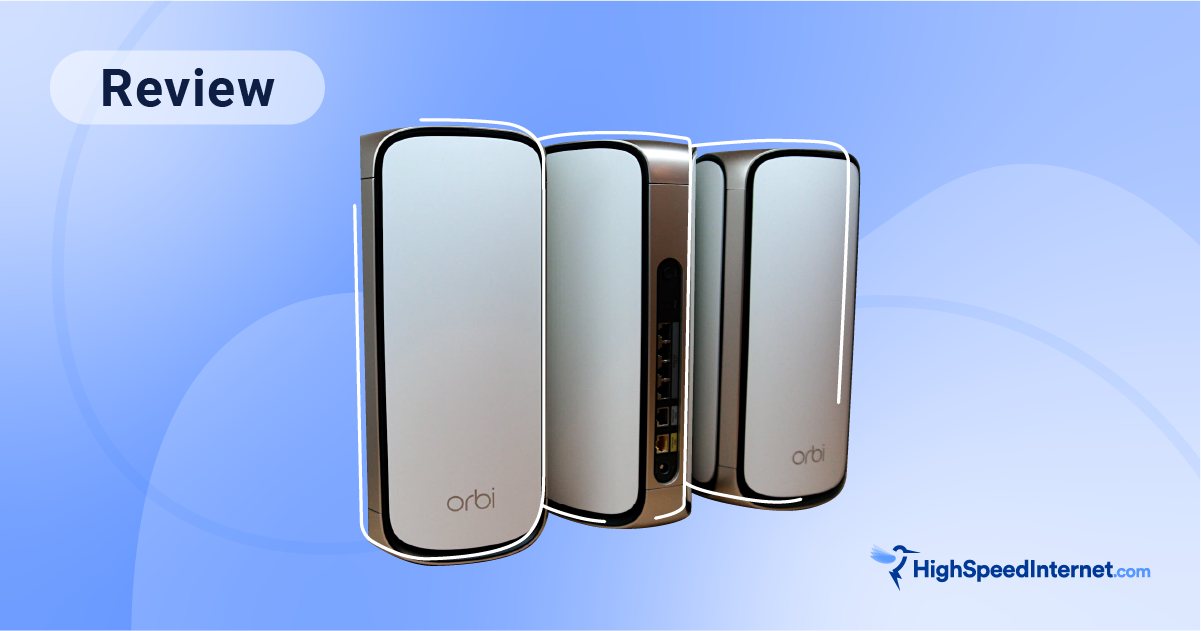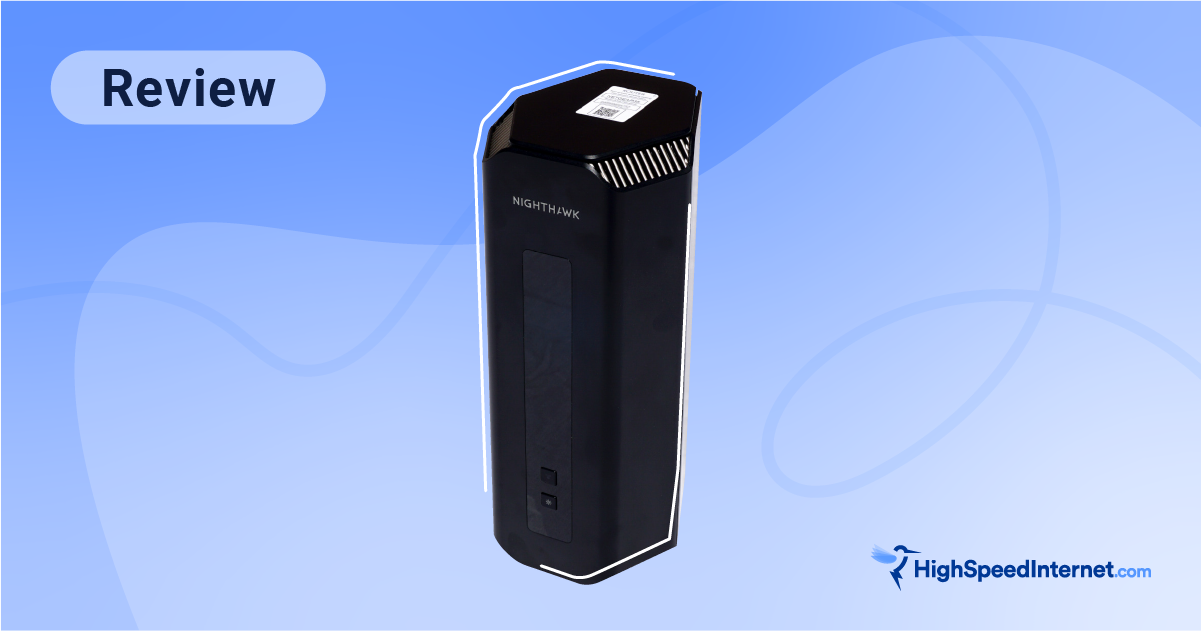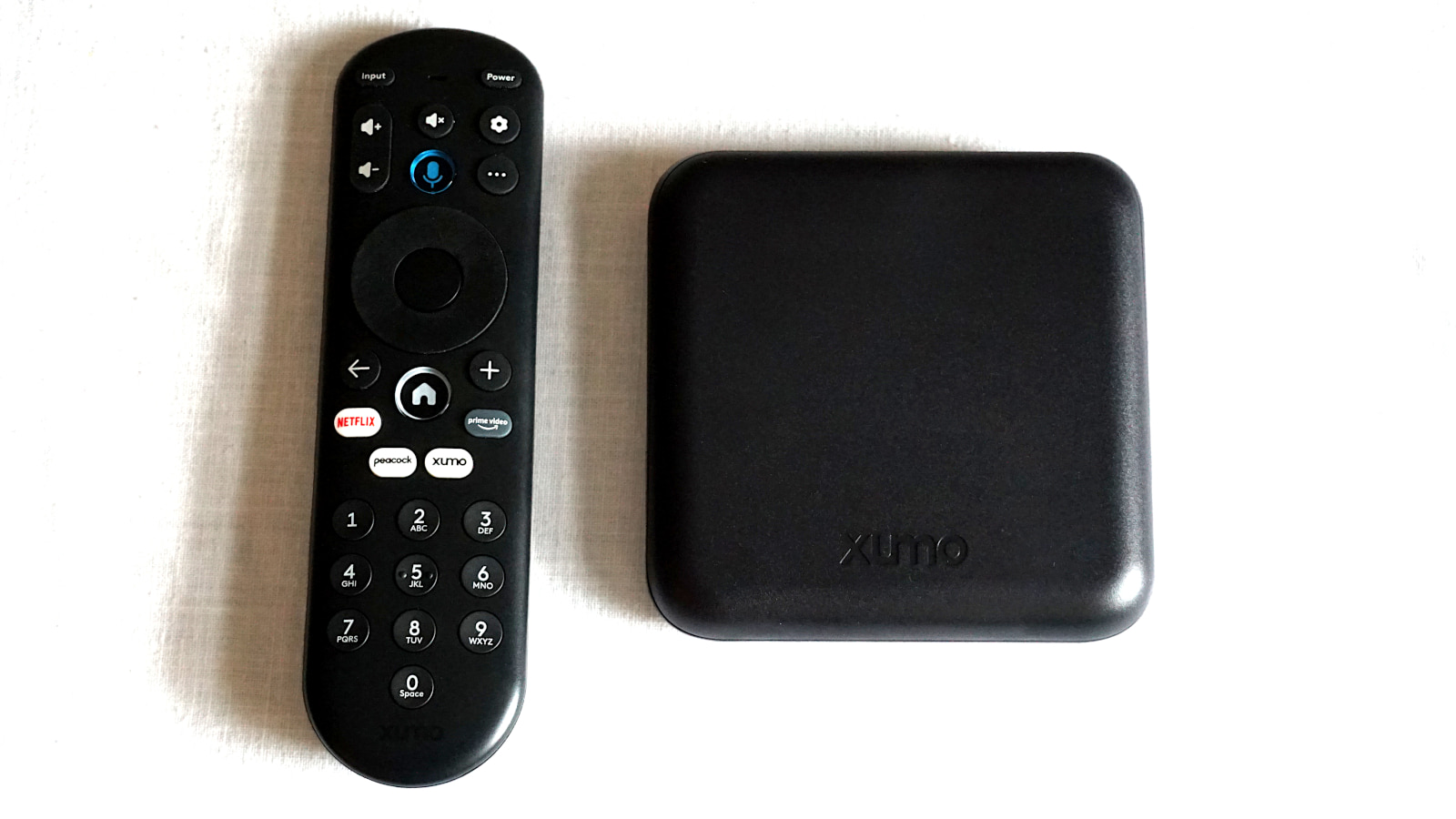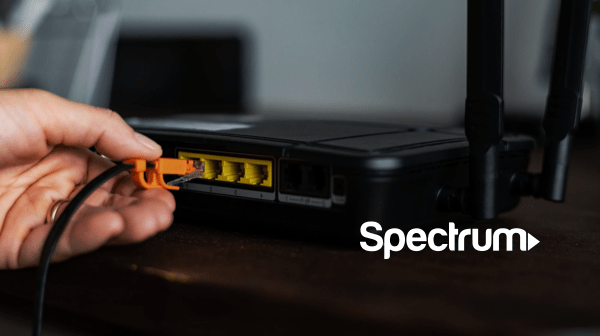How to Get Wi-Fi Without an Internet Provider
Your guide to getting online on your own terms
Sep 13, 2024 | Share
Equipment Guides, How-To
For many households, the internet can be one of the more hefty monthly bills, so it should come as no surprise that people are often eager to ditch their current provider. But rather than switching to a new provider, is it possible to get internet access without an internet service provider at all?
The short answer is yes. The long answer is that it depends on why you want to know and how technical you want to get. But whether you’re looking for a quick fix, bridging a temporary gap in service, or just fed up with your high monthly bills, we’re going to walk through everything you need to know about sidestepping the normal home internet plan.
What do internet providers even do?
Generally speaking, internet service providers (ISPs) are companies that own large computer networks and have agreements with other companies to connect their network to all the other networks that make up the internet. They then sell their customers access to their network, which connects those customers to the rest of the internet.
So, on a technical level, you can’t avoid ISPs because their networks are what make up the internet. But typically, when people talk about avoiding ISPs, they’re not talking about physical infrastructure. Rather, they’re talking about avoiding the bills, contracts, or fees that come along with a typical internet package.
Fortunately, there are alternatives to get around these issues. Choosing the right one depends on how much you value cost and flexibility versus convenience, so let’s go through the different options.
Are you looking to ditch your current internet provider?
Would you like to know what other options are in your area? Enter your zip code to find out.
Public networks
One of the most straightforward ways to get online without signing up with an ISP is to use public Wi-Fi. You can find public Wi-Fi at libraries and universities, as well as in businesses like coffee shops and restaurants. With public Wi-Fi, the business or organization offering the connection has an internet connection with an ISP that they pay for, but offer access to the public free of charge.
Public Wi-Fi networks often have a password, which you can get from the cashier or the front desk. They might also have some other system to log in using, for example, your library card or your student ID.
You can also find public Wi-Fi hotspots in other places just by walking around with your phone while trying to connect to Wi-Fi. In dense urban areas, you’ll often be in range of guest networks for businesses you can’t even see, though that limits you to unsecured networks that don’t require a password.
While you probably won’t get great speeds on public Wi-Fi, it’s a legitimate way to get work done in a pinch. Plenty of video games, novels, and tech startups have started (and sometimes completed) with one or two people working every day in their local coffee shop. The downside, of course, is that you need to haul a laptop to wherever you’re going to connect. That makes it a great option for ambitious students, artists, and entrepreneurs. Not a great option for those looking to unwind after a long day and watch Netflix, though.

Pro tip:
Do you need Wi-Fi, but don’t actually need to connect to the internet? If that’s the case, all you really need is a router to create a local network. You can even connect your devices with physical Ethernet cables and have yourself an old-school LAN party.
The other big downside of public networks is the lack of security, especially on unsecured Wi-Fi networks. There are a lot of ways that other people on the network can try to spy on you or target you with other malicious actions.
As a general rule, never do any banking or purchasing over a public network in someplace like a cafe. If you absolutely have to use a public network for something where you have to enter sensitive information like your credit card information or your social security number, go to a library or a university that at least has its network protected by some sort of login procedure.
Phone hotspots
Even if you don’t want to pay for a home internet plan, chances are you’re already paying for a phone plan. Most smartphones now let you use your phone as a hotspot, which means that you can connect other devices like laptops to your phone to get internet access. We’ve even got an article to show you how to set a hotspot up.
This is a good option for everyone to know about, as I can’t count the number of times I’ve been away from home and had to get online quick to write an email or pay a bill. If these are the only sorts of things you ever do online, you probably don’t even need a home internet plan.
For most of us, however, there are some pretty big downsides to using a phone hotspot as your primary internet. Data is typically much more expensive on phone plans when compared to home 5G plans. And if other people in your house are using the internet, that means you have to leave your phone in the house or they’ll lose their connection, which is rather inconvenient.
Mobile hotspots
Mobile hotspots work just like a cell phone hotspot, but you use a dedicated device. Mobile hotspots can connect more devices than cell phones, a more reliable signal, and a longer battery life. Switching to a mobile hotspot also means you get your phone back, which is nice.
The downside to mobile hotspots is mostly cost. You have to buy the hotspot itself, but you also have to buy a data plan. You can find data plans from any of the three major networks, but if you’re buying a separate data plan anyway, you might get more value out of signing up for a cheap home internet plan.
Free options
If you’re more concerned about the cost of an internet plan than about connecting through an ISP, there are a lot of ways you can find free or low-cost internet. Most ISPs offer plans for low-income families that, when combined with other programs and subsidies, can completely eliminate your internet bill in some cases.
If you don’t qualify for these programs, there are other ways of getting free internet, such as setting up a community mesh network, though many of these approaches require a bit more work and technical skill to get working.
No-contract options
On the other hand, if the main thing you’re trying to avoid is being stuck in a contract with an ISP, then there are lots of no-contract internet plans that might give you what you’re looking for. These plans are great for people who move around a lot or might be moving in the near future and don’t want to be hit with early termination fees.
These plans are often a bit more expensive because you don’t get the discounts or introductory prices that come with longer-term plans, but if you want a plan that you can cancel at any moment, it’s worth comparing no-contract plans to your other options.
Author - Peter Christiansen
Peter Christiansen writes about telecom policy, communications infrastructure, satellite internet, and rural connectivity for HighSpeedInternet.com. Peter holds a PhD in communication from the University of Utah and has been working in tech for over 15 years as a computer programmer, game developer, filmmaker, and writer. His writing has been praised by outlets like Wired, Digital Humanities Now, and the New Statesman.
Editor - Jessica Brooksby
Jessica loves bringing her passion for the written word and her love of tech into one space at HighSpeedInternet.com. She works with the team’s writers to revise strong, user-focused content so every reader can find the tech that works for them. Jessica has a bachelor’s degree in English from Utah Valley University and seven years of creative and editorial experience. Outside of work, she spends her time gaming, reading, painting, and buying an excessive amount of Legend of Zelda merchandise.




